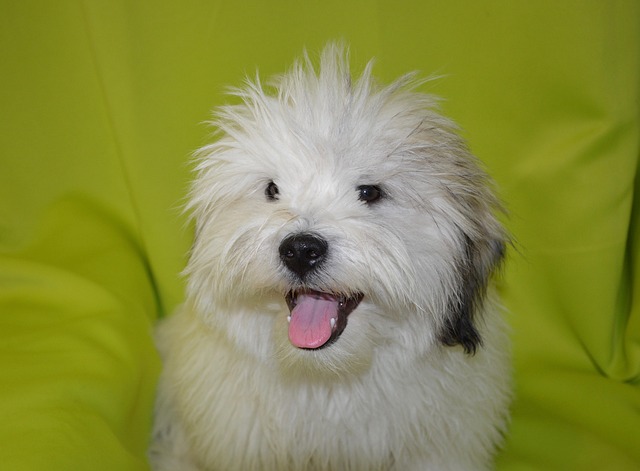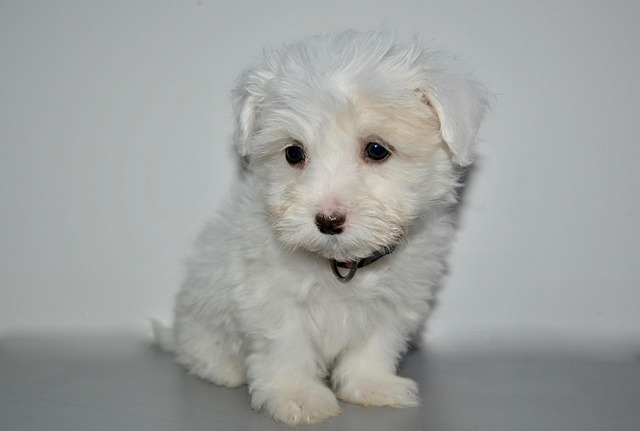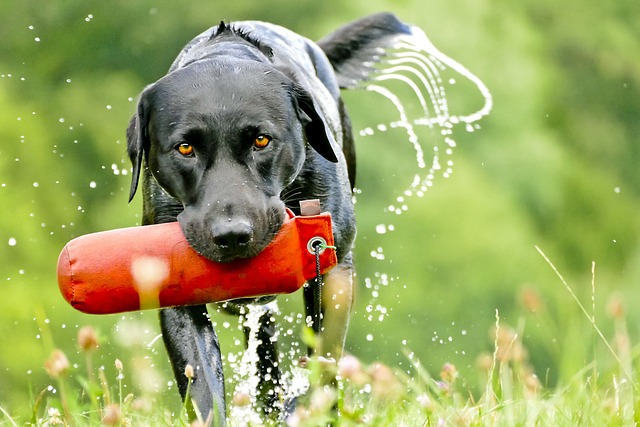Finding puddles of urine on your or rugs can be frustrating, but it’s a common issue many dog owners in the Western world face. In the US, Europe, and other Western regions, proper pet behavior is not only a matter of household cleanliness but also tied to animal welfare regulations and community standards. A dog that frequently pees indoors can cause property damage, and in some rental agreements or homeowner association rules, it could lead to fines or even restrictions on pet ownership. Figuring out how to stop this behavior isn’t just about saving your floors—it’s about being a responsible pet parent.
The first step in curbing indoor peeing is understanding why your dog is doing it. Puppies often pee inside simply because they haven’t fully developed bladder control yet. For them, it’s a matter of training and maturation. In contrast, adult dogs may have various underlying reasons. Stress, anxiety, or a change in environment—like moving to a new home, the arrival of a new family member, or even the introduction of a new pet—can trigger indoor urination. Medical issues, such as urinary tract infections, kidney problems, or diabetes, are also common culprits. In Western veterinary practices, it’s always advisable to rule out any health concerns first by taking your dog for a check - up. Ignoring potential medical problems not only prolongs the issue but could also be seen as neglect under animal welfare laws.
Once you’ve determined that your dog’s health is not the issue, consistent training is key. In Western cultures, positive reinforcement training methods are widely favored. Start by establishing a regular schedule for taking your dog outside. Take them out first thing in the morning, after meals, after naps, and before bedtime. Choose a specific spot in your yard or nearby park and always take your dog to the same place. Use a consistent command like “go potty” every time you take them out, and when they pee outside, shower them with praise, a treat, or a favorite toy. This positive association helps your dog understand where it’s appropriate to relieve themselves.

If you catch your dog in the act of peeing inside, make a gentle noise to startle them, like a short “eh - eh,” and immediately take them outside. Avoid yelling or punishing your dog, as this can create fear and anxiety, potentially worsening the problem. Punishment - based training methods go against the principles of humane treatment emphasized in Western animal welfare regulations and can damage the trust between you and your pet.
For dogs that mark their territory indoors, especially male dogs, neutering or spaying can often reduce this behavior significantly. Territorial marking is a natural instinct, but in a domestic setting, it can be a nuisance. In many Western communities, there are also resources available, such as professional dog trainers or behaviorists, who can offer personalized advice and training programs.
Remember, solving the indoor peeing problem takes time and patience. By understanding the root cause, using positive training methods, and being consistent, you can teach your dog proper bathroom habits. Not only will this keep your home clean, but it also ensures that you’re meeting the expectations of responsible pet ownership in the Western world.





